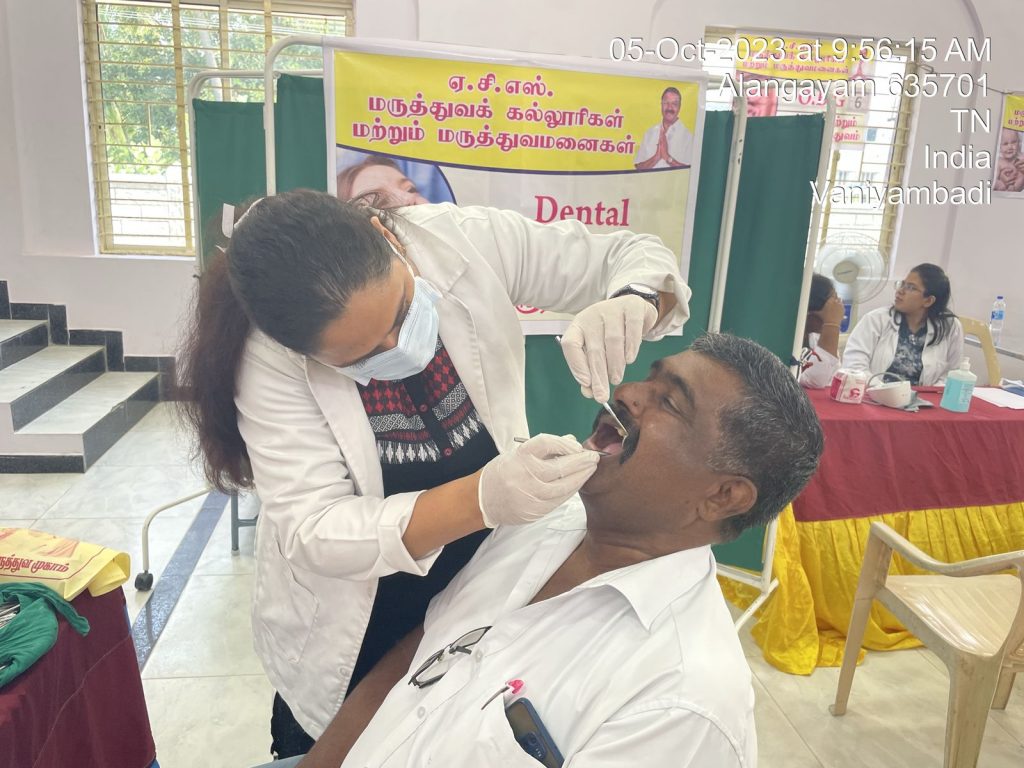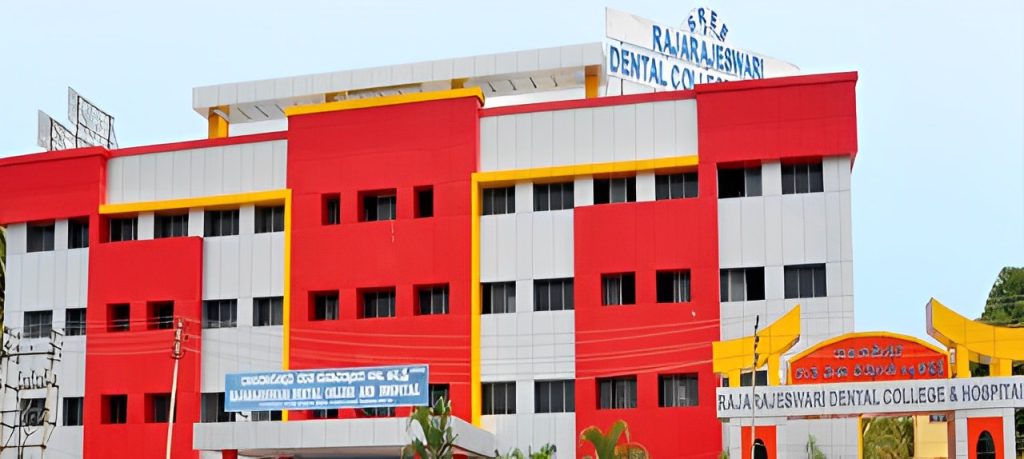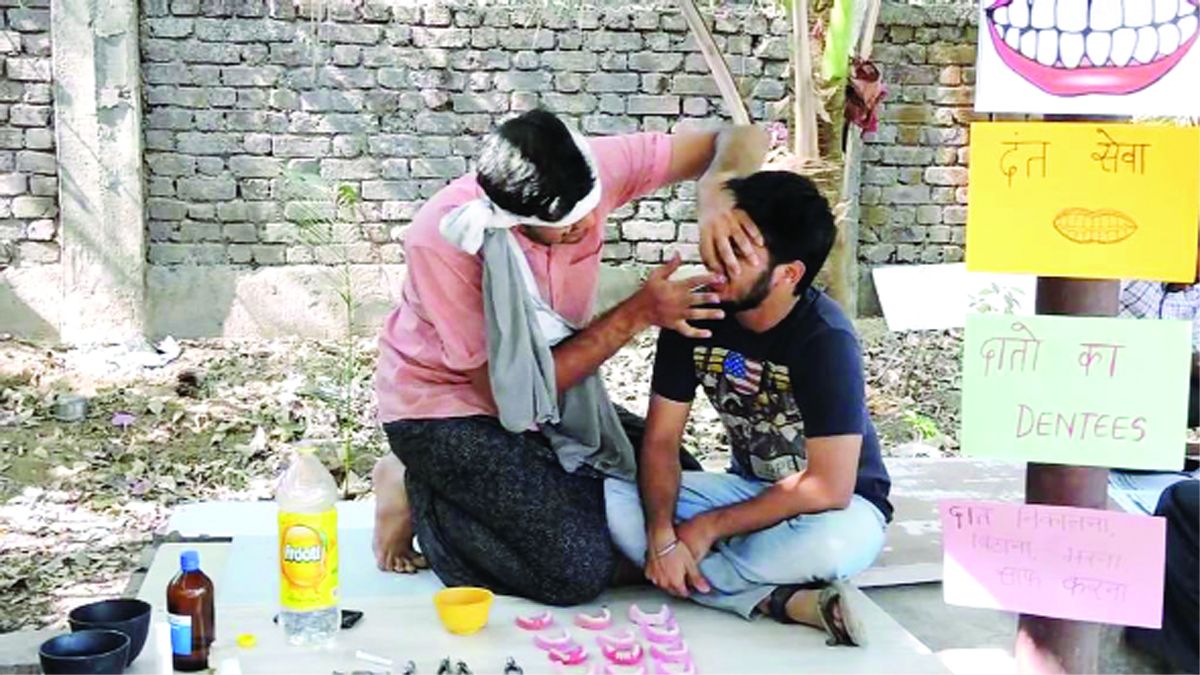Dentures have long been a common solution for replacing missing teeth, but they come with certain limitations and challenges. Many people associate dentures with discomfort, difficulty chewing, and a lack of stability. However, advancements in dental technology have led to the development of dental implantology, a revolutionary approach to tooth replacement that offers a more permanent and natural-looking solution. In this blog post by RRDCH, we will explore the myths surrounding dentures and introduce the concept of dental implantology as a game-changer in modern dentistry.

Breaking The Myths Surrounding Dentures
Dentures have long been a common solution for replacing missing teeth, but they do come with certain limitations and challenges. Some of these include discomfort, difficulty chewing certain foods, the potential for slipping or clicking, and changes in speech. However, advancements in dental technology have led to the development of dental implants, a more permanent and natural-looking solution for tooth replacement. Here are a few issues surrounding dentures and which is better.
Dentures Are Uncomfortable and Unnatural
One of the most common myths about dentures is that they are uncomfortable and feel unnatural in the mouth. While it’s true that traditional dentures can take some time to get used to and may cause initial discomfort, modern dentistry has made significant advancements in denture materials and fabrication techniques. Today, dentures are custom-made to fit each patient’s mouth precisely, resulting in a more comfortable and natural-feeling fit.
However, even with these improvements, some people still find dentures uncomfortable due to issues such as sore spots or a loose fit. This is where dental implantology comes into play. Dental implants are small titanium posts that are surgically placed into the jawbone, where they fuse with the bone over time. Once integrated, dental implants provide a stable foundation for artificial teeth, such as crowns or bridges, eliminating the discomfort and instability associated with traditional dentures.
Dentures Make Eating Difficult

Another common myth about dentures is that they make eating difficult, especially when it comes to chewing certain foods. Traditional dentures can indeed pose challenges when it comes to chewing tough or sticky foods, as they may slip or move around in the mouth. This can not only be frustrating but also affect the overall enjoyment of meals.
Dental implantology addresses this issue by providing a more stable and secure solution for tooth replacement. Because dental implants are anchored directly into the jawbone, they function much like natural teeth, allowing for improved biting force and chewing efficiency. With dental implants, patients can enjoy a wider range of foods without worrying about their dentures slipping or causing discomfort.
Dentures Impact Speech
Some people believe that wearing dentures can affect speech, causing lisping or difficulty pronouncing certain words. While it’s true that adjusting to dentures may initially affect speech patterns, most people adapt quickly and learn to speak clearly with their dentures in place.
However, for those who continue to experience speech difficulties or feel self-conscious about speaking with dentures, dental implantology offers a solution. By replacing missing teeth with dental implants and permanent prosthetic teeth, patients can regain confidence in their speech and communication abilities.
Introduction To Dental Implantology
Dental implantology is a branch of dentistry that focuses on the placement and maintenance of dental implants as a permanent solution for tooth replacement. Dental implants are surgically placed into the jawbone, where they fuse with the bone over time through a process called osseointegration. Once integrated, dental implants serve as stable anchors for artificial teeth, providing a strong and durable foundation for chewing, speaking, and smiling.

The introduction of dental implantology has revolutionised the field of dentistry by offering a more permanent, natural-looking, and functional solution for tooth replacement. Unlike traditional dentures, which sit on top of the gums and rely on adhesive or suction for stability, dental implants are securely anchored in the jawbone, providing unparalleled stability and comfort.
Benefits of Dental Implantology
Dental implantology offers several advantages over traditional dentures, including:
- Natural Look and Feel: Dental implants closely mimic the appearance and function of natural teeth, providing a more aesthetically pleasing and comfortable solution for tooth replacement.
- Improved Chewing Function: Dental implants provide greater biting force and stability compared to traditional dentures, allowing for improved chewing efficiency and enjoyment of a wider range of foods.
- Preservation of Jawbone: Dental implants help preserve the underlying jawbone by stimulating bone growth and preventing bone resorption, which can occur with tooth loss and traditional dentures.
- Longevity: With proper care and maintenance, dental implants can last a lifetime, making them a cost-effective long-term solution for tooth replacement.
- Enhanced Confidence: Dental implants eliminate the worry of dentures slipping or clicking during speech or eating, providing patients with increased confidence in their smile and overall oral function.
Conclusion

The myths surrounding dentures as uncomfortable, unnatural, and restrictive in terms of eating and speech can be effectively dispelled with the introduction of dental implantology. We believe that dental implants offer a more permanent, natural-looking, and functional solution for tooth replacement, addressing the limitations associated with traditional dentures. With the benefits of dental implantology, our patients can enjoy improved comfort, chewing function, speech, and confidence in their smile. As our dental technology continues to advance, dental implantology will undoubtedly remain at the forefront of modern dentistry, changing the way we approach tooth replacement and restoring smiles for years to come. If you are struggling with dental issues visit our hospital and get one of the best treatments in town.








